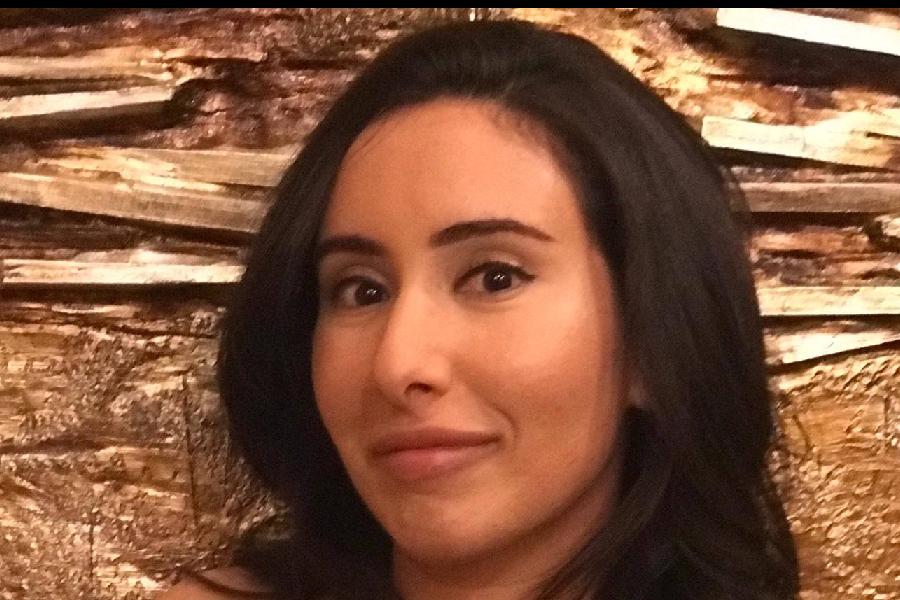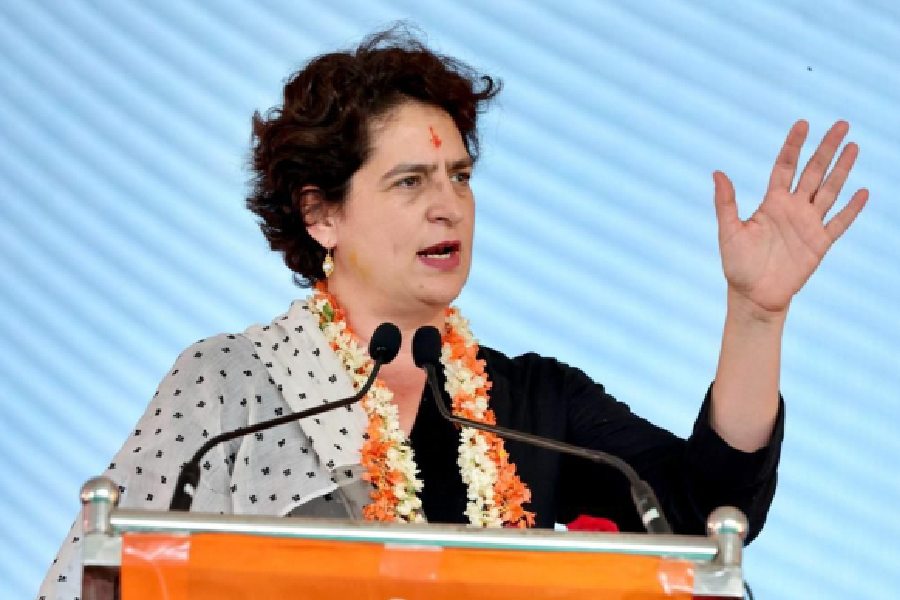A deep dive by The New Yorker magazine into the lives of four royal women from the immediate family of UAE’s Prime Minister Sheikh Mohammed bin Rashid Al Maktoum has again cast the glare on the Narendra Modi government’s alleged role in the capture of his daughter while she was trying to break free from the patriarchal stranglehold.
Titled “The Fugitive Princesses of Dubai”, the article dated May 1 and meant for the May 8 edition of The New Yorker, dwells on the painstaking effort that Sheikha Latifa — daughter of Sheikh Mohammed — put into plotting her escape from her heavily guarded existence in Dubai in February 2018.
The report chronicles how she junked her phone in a restaurant bin, crossed into Oman in the trunk of a car and then boarded a yacht from a dinghy on rough seas to take her to India or Sri Lanka. But, the escape was cut short, purportedly in a quid pro quo deal between India and the UAE.
“Sheikh Mohammed had faced few difficulties in finding his fleeing daughter. Her communications had been intercepted, and at the UAE’s request, Interpol had issued Red Notices for her accomplices, accusing them of kidnapping her. When the yacht was located, off the Goa coast, Sheikh Mohammed spoke with the Indian Prime Minister, Narendra Modi, and agreed to extradite a Dubai-based arms dealer in exchange for his daughter’s capture. The Indian government deployed boats, helicopters and a team of armed commandos to storm Nostromo (the yacht) and carry Latifa away,” The New Yorker recalled.
Before the capture, the US magazine reported, “aboard the yacht, Latifa texted a friend, ‘I really feel so free now. Walking target yes but totally free’.
“A week into the voyage, though, the captain spotted another ship apparently tailing them, and a small plane circling overhead. The runaways were about thirty miles off the coast of India, and the yacht was running low on fuel”.
“The captain feared that Latifa had been located. ‘They will kill her,’ he texted a friend on March 3rd,” The New Yorker reported.
“The next day, another plane flew over. By nightfall, all was calm, but Latifa had become unreachably silent.... At around 10pm, the two women descended to their cabin, and Latifa brushed her teeth in the cramped bathroom. As she emerged, the air exploded with a series of blasts. Boots pounded on the deck overhead. ‘They’ve found me,’ Latifa said. The friends shut themselves in the bathroom and sent a string of SOS messages. Soon, smoke was pouring in through the air vents and light fixtures. As they struggled for breath, Latifa said that she was sorry....”
The New Yorker said: “The darkness was sliced in all directions by the laser sights of assault rifles. Masked men seized the women and forced them up to the deck, where the captain and his crew lay bound and beaten. The floor was pooled with blood. Latifa’s hands were tied behind her back and she was thrown down, but she resisted: kicking, screaming, and clinging to the gunwales. As the men dragged her away, Jauhiainen (friend) heard her cry out, “Shoot me here! Don’t take me back.” Then the princess vanished overboard.”
After long silence and when the media picked up the story, the Dubai government released a response, saying that Latifa had not tried to escape, but had been kidnapped. The New Yorker quoted the Dubai government as saying: “Her Highness Sheikha Latifa is now safe in Dubai. She and her family are looking forward to celebrating her birthday today, in privacy and peace.”
But the magazine added: “In fact, Latifa had passed her birthday in captivity. After disappearing overboard on Nostromo, she had been dragged onto anIndian naval boat, then aboard a helicopter and onto a privatejet. She was given tranquillizers twice, she recalled inan account written in detention, but the drugs seemed to produce no effect. When an Emirati lieutenant tried to pull her off the helicopter, she sank her teeth into his arm. Only after a third dose did she feel herself losing consciousness.”
“‘I want them to be embarrassed that it took the navy, several warships, armed commandos, 3 tranquillizer injections and an hour-long struggle to put an unarmed pint-sized woman on a jet,’ Latifa wrote. She regained consciousness in Dubai. ‘I remember tears just streaming down my face,’ she wrote. ‘It was the worst feeling in the world. To be back in the hell hole after being so close to freedom.’
“Latifa was taken to a desert prison named Al Awir and placed in a cell with blacked-out windows,” The New Yorker reported.
India has never publicly commented on the swap that is said to have helped the Modi government get its hands on Christian Michel — accused in the VVIP chopper deal. The closest India has come to commenting on it was in February 2021 in response to the contention of the Human Rights Council Working Group on Arbitrary Detention that Michel had been extradited from the UAE in a “de facto swap” for India’s capture and return of Sheikha Latifa.
Even in this instance, the external affairs ministry dwelt more on Michel and said: “We regret that the conclusions drawn by the Working Group are based on limited information, biased allegations from an unidentified source and on an inaccurate understanding of India’s criminal justice system. The extradition wasdone entirely in accordance with the provisions of the extradition treaty signed between two sovereign states. The arrest and subsequent custody were done as per the due process of law and cannot be considered arbitrary on any grounds.”
The Working Group had in its report said that it “notes with concern the submission by the source, which has not been disputed by either government, that the approval by the United Arab Emirates of the extradition request made by India was a de facto swap for the capture and return to Dubai by India of a high-profile detainee, a swap reportedly authorised by the Prime Minister of India in March 2018”.
India has had good relations with the UAE for decades now and Prime Minister Modi built on it by elevating it to a comprehensive strategic partnership.
Modi was awarded the Order of Zayed — the highest civilian honour of the UAE — in August 2019 by Sheikh Mohamed Bin Zayed Al Nahyan, then the Crown Prince of Abu Dhabi and the present President of the country. This highest civilian decoration is named after UAE’s first President Zayed bin Sultan Al Nahyan. The Nahyans control Abu Dhabi and the Maktoums rule Dubai in the federal arrangement of the UAE. The list of attendees at the award function reported in the Gulf News newspaper did not mention any of the Maktoums.
International Holding Co, which agreed to invest $400 million in Adani’s FPO (follow-on public offer) when the conglomerate was facing a rout after the Hindenburg report, is an investment firm of the Al Nahyans — Abu Dhabi’s ruling family.












